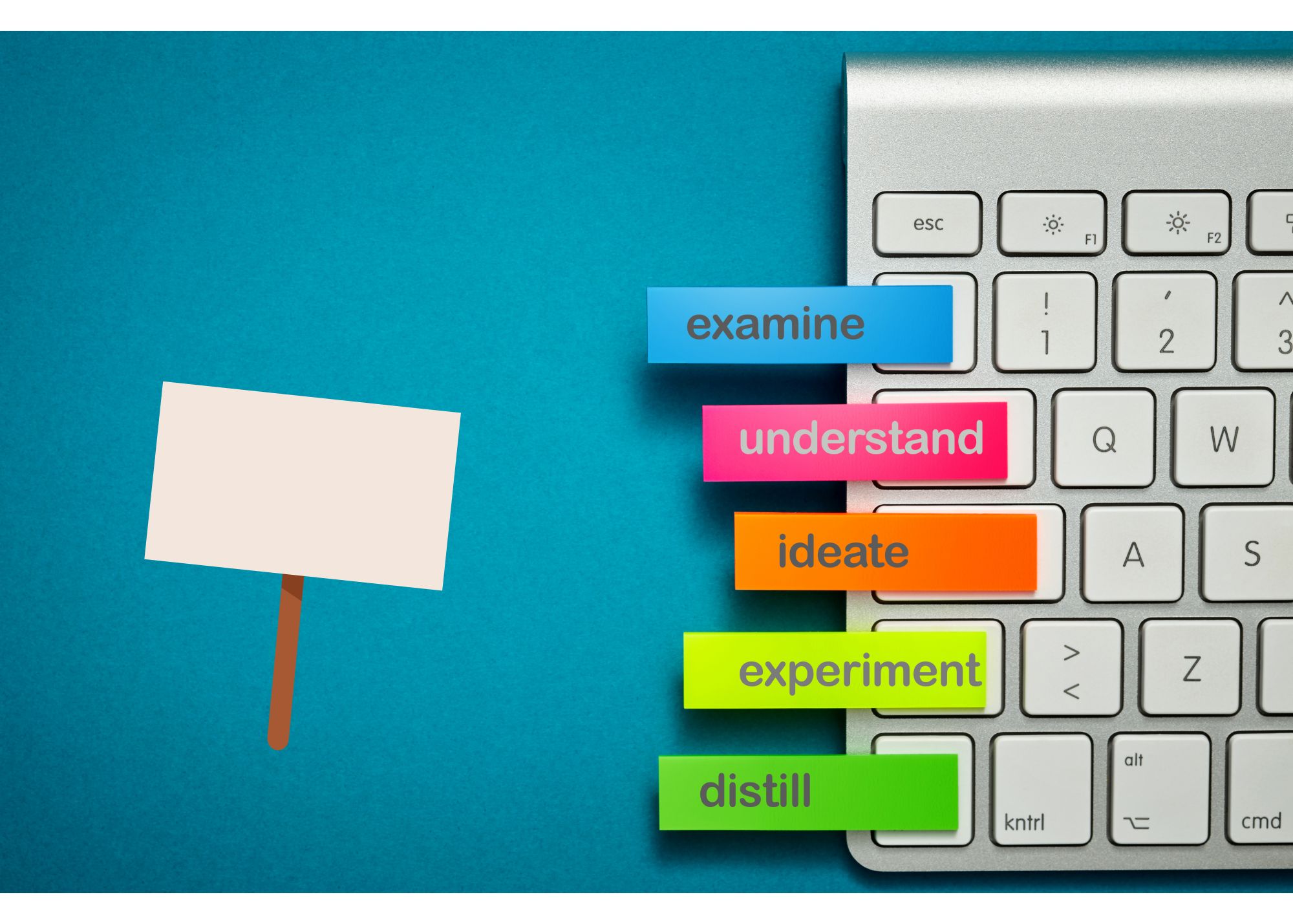Deep Dive, How High Will This New Bank Go?
Since SoFi’s CEO began snapping up shares of the student lender, the price has approximately doubled. It’s not entirely a surprise given that SoFi is an all-in-one fintech firm offering personal loans, home mortgages, car loans, credit cards, and digital banking. Over and above the broad array of products it’s grown like a weed on the customer front too. So what is the stock actually worth now?
We examine SoFi’s intrinsic stock value using a discounted cash flow analysis. The DCF model forecasts SoFi’s future cash flows and discounts them to present value, providing an analytical estimate of what the stock should be worth based on fundamentals rather than current market sentiment.
Key Points
-
A discounted cash flow model estimates intrinsic value at $21.30 per share, suggesting significant upside from current market levels.
-
Forecasts assume 25% annual cash flow growth and management’s aggressive growth plans.
Valuation Approach and Key Assumptions
SoFi management expects an adjusted EBITDA of approximately $610 million so we use this figure as a proxy for the company’s starting free cash flow.
Going forward, SoFi’s management has indicated an ambitious earnings growth trajectory and so we used a 20–25% annual growth rate in earnings per share that the company estimates post-2026, using the high end of that range for the near term.
To model this in the DCF:
-
- Years 2024–2028: We assume a 25% annual growth rate in free cash flows as a result of the strong growth phase that SoFi expects in the immediate years ahead.
- Years 2029–2033: As the company matures, we taper the growth rate to 12.5% per year, half of the initial growth rate.
- 2034+: 5% perpetual growth rate.
To discount future cash flows back to present value, we use SoFi’s Weighted Average Cost of Capital, or WACC, as the discount rate. For SoFi, we estimate the WACC at 12.6%, which is a blended cost of the company’s equity and debt financing.
Using the Capital Asset Pricing Model, SoFi’s cost of equity is calculated around 14.3%. This figure is driven by SoFi’s beta of 1.71.
Using CAPM translates to the ~14% cost of equity, reflecting the higher return investors demand for the risk of SoFi’s stock.
SoFi’s cost of debt is assumed to be about 9.5% based on the company’s interest rates on its borrowings and the credit risk associated with a fintech lending institution.
The relatively high WACC of 12.6% indicates that the market expects higher returns to compensate for the risk in SoFi’s business model.
Before performing the valuation, it’s important to note a few of SoFi’s financial figures which will be used in our calculations:
-
- Approximately 1.65 billion shares.
- $3.1 billion (the amount of interest-bearing debt on SoFi’s balance sheet, which will be considered when deriving equity value from enterprise value).
- $2.335 billion of cash reserves and short-term investments on hand.
Projected Free Cash Flows (2024–2035)
Using the assumptions above, we forecast SoFi’s annual free cash flows from 2024 through 2035.
- High-Growth Period (2024–2028): Starting from the 2024 base adjusted EBITDA of $610 million, we grow the cash flow by 25% each year for the first five years.
- Transition Period (2029–2033): After 2028, we assume growth moderates to 12.5% per year for the next five years. At a 12.5% growth rate, SoFi would still be growing healthily above the economy’s average, but the trajectory accounts for potential increased competition, market saturation in some product lines, or just the law of large numbers. By 2033, SoFi’s annual free cash flow is expected to be significantly higher than in 2024, though growing at a more modest pace compared to the initial years.
- Long-Run Sustainable Growth (2034 and Beyond): We add a terminal value to capture all cash flows beyond a final forecast year. We use 2034 as the beginning of the terminal period. The model assumes a perpetual growth rate of 5% for SoFi’s cash flows from 2034 onward. Five percent is chosen to reflect a stable growth rate that a mature company could sustain.
What Does a DCF Say SoFi Is Worth?
Having forecasted SoFi’s future free cash flows, the next step in the DCF is to discount these amounts back to their present value. So let’s stick with that 12.6% discount rate, or WACC.
Summing the discounted cash flows for all years 2024 through 2033 gives the total present value of SoFi’s explicit forecast period cash flows. In our model, the sum of discounted free cash flows for 2024–2033 is approximately $9.35 billion. This figure represents the value, in today’s dollars, of all the cash that SoFi is expected to generate over the next decade (excluding any value beyond 2033).
Plugging into the formula with a 12.6% discount rate and 5% growth results in a terminal value of approximately $46.4 billion in 2034. This number represents the hypothetical value of all of SoFi’s future cash flows beyond 2033, as of the year 2033. That 2034 $46.4 billion comes out to roughly $14.19 billion in current dollars.
As a last step, we add $9.35B to the present value of the terminal value of $14.19B. This sum represents the total enterprise value of SoFi’s operations as implied by our DCF model. Adding them together yields approximately $23.55 billion. This is the estimated present value of all future cash flows that SoFi is projected to generate, effectively the intrinsic value of the entire company’s operating business.
What Is The Equity Worth?
The $23.55 billion represents the value of SoFi’s operations, or enterprise value, which is the combined value of equity and debt holders’ claims on the business.
SoFi has $3.1 billion in long-term debt and this obligation needs to be subtracted from the enterprise value because debt holders have a claim on part of the firm’s value. Conversely, the company’s $2.335 billion in cash and equivalents adds to the value available to equity holders. SoFi’s debt exceeds its cash by about $0.765 billion (3.1 – 2.335).
The calculation then results in a market cap of $22.8 billion. This figure represents what the company’s market cap should be according to the present value of its future cash flows, rather than what it currently is in the market.
Using approximately 1.65 billion shares diluted as provided by the company’s data, our model results in an intrinsic value of about $21.30 per share. This is our estimate of SoFi’s stock fair price today based on expected future cash flows and the assumptions made.
Our calculated intrinsic value of $21.30 is well above the current trading price so it appears that there is significant upside potential if the market eventually recognizes SoFi’s value as we have modeled.The $21.30 figure is not a guaranteed future stock price, but an estimate based on one set of reasonable assumptions.
SoFi DCF, What Is It Actually Worth?
SoFi has an intrinsic worth of around $21.30 per share, implying that SoFi’s stock is undervalued by the market at present, offering potential upside for long-term investors.



